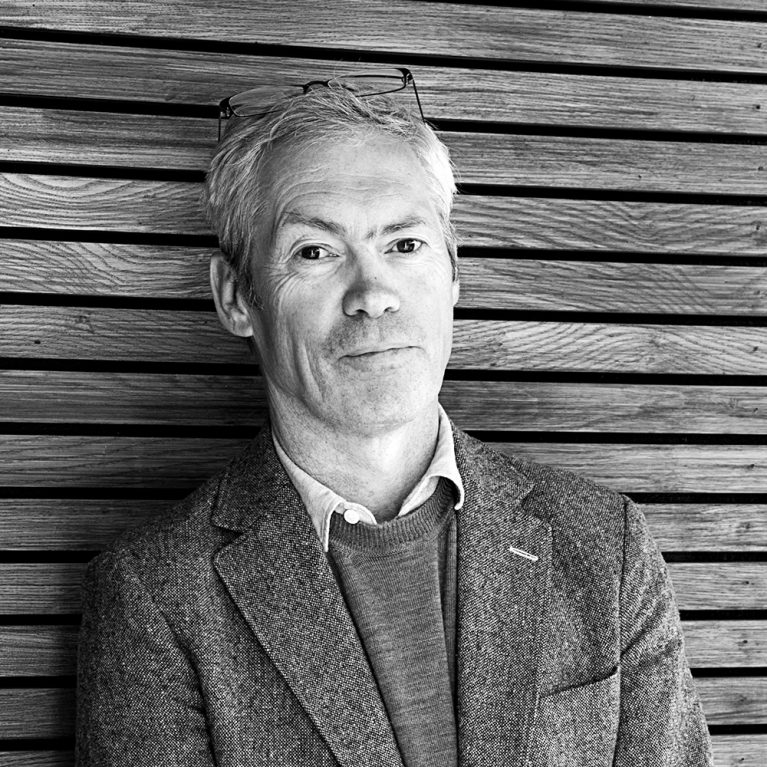interviews
Jasper Morrison’s Milan
I think my first visit to Milan must have been in 1979, when I attended my first Furniture Fair...

What are the origins of your relationship with Milan?
I think my first visit to Milan must have been in 1979, when I attended my first Furniture Fair. Even back then, I was definitely aware that Milan was the centre of my future occupation. I used to stay at Hotel Nuovo in Piazza Beccaria. Back in those days it was half pensione-style guest house and half bordello. There was a telephone on the first floor corridor which I used to arrange to meet people after making my way past the ladies sitting around on old armchairs. Oddly enough, I remember there was often a policeman downstairs having a drink with the concierge over the reception counter. I used to put a chair and table out on the balcony for my dinner of beer and pizza because I didn’t have enough money for restaurants.
What is your favourite historical building in the city?
I’ve always liked the unusually symmetrical view from the mouth of Galleria Vittorio Emanuele II across Piazza Duomo [Monumental Milan]. I used to meet James Irvine at the Bar Camparino, which is right there at the entrance to the gallery, and before they put a kiosk outside it, you could see that spectacular view across the square from the bar.
What do you normally do when you are in Milan?
I like the route I take by bicycle into town, through Parco Sempione, passing the back of the Triennale. During the Furniture Fair it’s a moment of calm before the storm.
Is there a shop in Milan where you buy special items?
There used to be a store called G. Lorenzi in the centre on Via Montenapoleone. It was a cutler’s shop originally opened in 1919 on Corso Magenta by the brothers Giovanni and Olimpio Lorenzi. They sold articles originating from their handcrafting activity as knife grinders. Giovanni opened the shop I’m referring to in 1929, on the corner of Via Montenapoleone and Via Verri, but it closed in 2014. Today, the heirs of this traditional craft family are still satisfying the demands of people searching for something special and unique, from their shop at number 1, Corso Magenta and from the newer premises at number 1, Corso di Porta Romana opened in 2015. I also used to buy linen sheets from a shop behind the Duomo. The tiny fruit-and-custard pastries you can find in the better pasticcerie are a favourite too!
What is your favourite cafe, bar or restaurant in the city?
I always try to have breakfast at Pasticceria Marchesi on Corso Magenta, or a drink at Caffè Pasticceria Cucchi on Corso Genova [A stroll for Flaneurs]. And then there’s always Bar Basso [Mineral City]. I started going there with James Irvine in the 1980s, as he lived down the road. Since James was a friendly type and a regular customer he became friends with Maurizio, the owner’s son, and it soon became a meeting place for many of James’s friends. We used to go there on the way to Brianza, in the morning. I used to have coffee there because it was right on the end of Viale Umbria, on the way to Brianza from James’s house. I remember one morning, a very smart guy came in with a leather briefcase, walked straight in, put the briefcase down by the bar and he ordered a dry Martini. It was eight o’clock in the morning. James and I were having a cappuccino and a brioche. He drunk his Martini and he went out again. It was quite an impressive Milanese habit. We didn’t follow him. One Salone, we decided to throw a cocktail party there and issued drink tickets to various friends. It was quite a success and we repeated the gathering the following year, but word got round and there were hundreds of people there. That was how the Bar Basso Salone scene started. It was all down to James!
Which new buildings have transformed the face of Milan?
The Feltrinelli building by Herzog & de Meuron has a good effect on its surroundings I think [Rising City].
What would you transfer to Milan from another place?
Perhaps a world-class botanical garden in Parco Sempione might be a good addition to the city.


